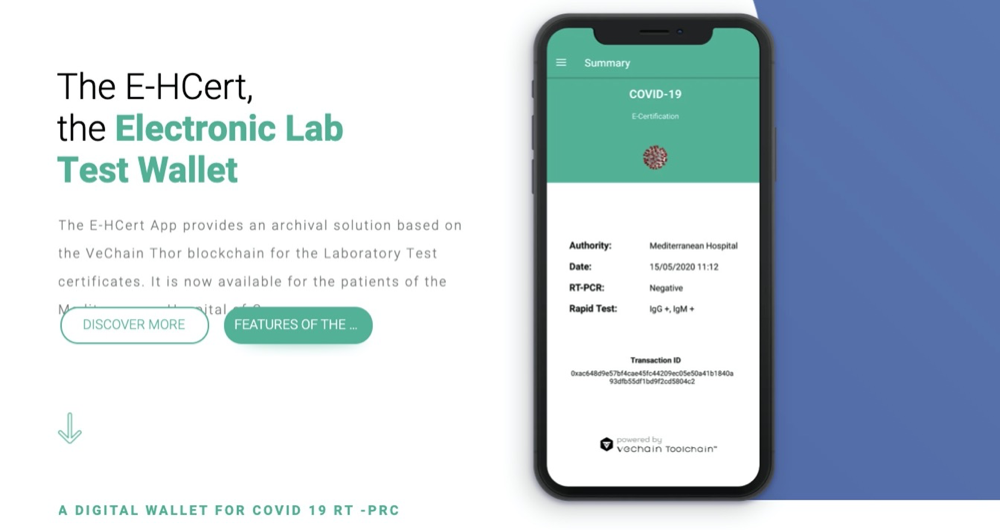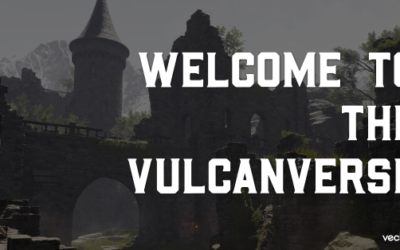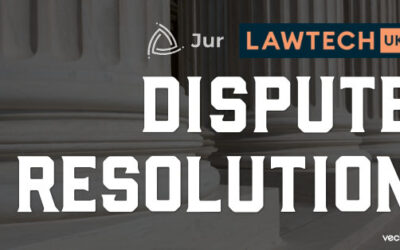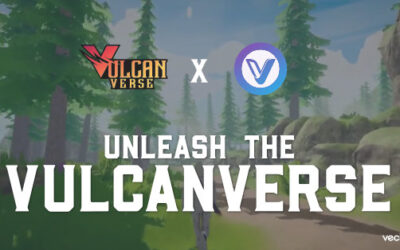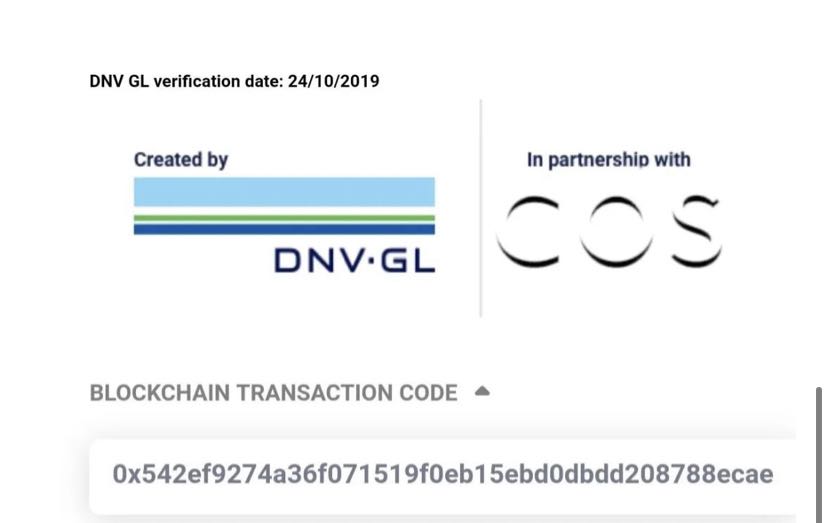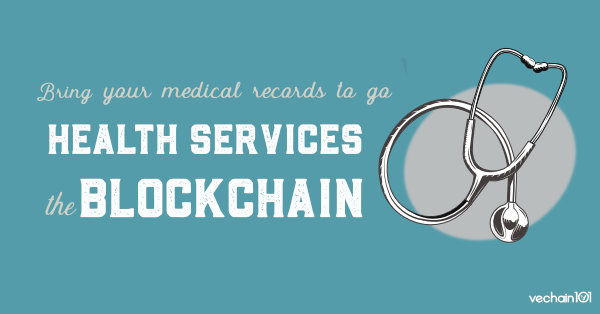
A closer look at VeChain’s two newest health dApps
VeChain’s infrastructure forms the backbone of two groundbreaking new apps for healthcare, including a web app for certified medical institutions to upload a patient’s medical records, as well as a mobile app for tracking disease tracing and other diagnoses.
With a rising population and longer life expectancies, healthcare systems are adopting new technologies to cater to more patients and make faster and smarter diagnoses; ultimately, offering a better patient experience. This is particularly true now. A look around the world shows countries like South Korea and Singapore developing COVID-19 tracking apps, and China has already introduced a number of provincial level “health code” QR systems.
Data sharing, however, remains a critical pain point. According to a 2019 SAP report, health system executives believe that “the greatest impact on improving patient experiences is data sharing between providers, payers and government and industry”.
Sharing sensitive personal information comes with important security and privacy concerns so we were eager to learn how the E-NewHealthLife and E-HCert App will overcome these challenges.
Enter the E-NewHealthLife and E-HCert Apps
E-NewHealthLife and E-HCert App are two blockchain enabled platforms that give patients control over their health records, improve medical data sharing and increase hospital operational efficiencies. While the E-HCert mobile app allows individuals to validate medical test results with third parties, the E-NewHealthLife web app simplifies the process of visiting a hospital.
Through the E-NewHealthLife medical data management system, doctors can upload a patient’s Electronic Health Record (EHR) onto the blockchain which, with the patient’s authorisation, can be temporarily accessed by other institutions; essentially acting as a patient passport. Through a unique personal card and an app, individuals can quickly identify themselves, keep track of their health history, and help hospitals improve their performance. Being able to readily share your own medical data means hospitals can treat you faster and in a more informed way without having to carry out unnecessary testing; even when you are abroad. Digitising current paper-based processes also reduces operational efficiencies and allows healthcare institutions to better track and monitor a patient’s hospitalisation journey; enabling them to carry internal audits and performance asset assessments.

I-Dante, a Cyprus-based development team, worked with VeChain’s ToolChain to build the E-HCert app. Ferdinando Chiacchio, product manager at I-Dante, attributes VeChain’s fee delegation capabilities and modular, scalable and permissioned infrastructure as key factors to develop B2B solutions on ToolChain. Due to the sensitivity of personal medical records, having a permissioned network is critical for privacy and security concerns and less volatile transaction fees makes it easier to build business-friendly solutions. In his opinion, having a flexible and modular architecture is essential as it enables I-Dante to progressively add more functionalities and services into the platform, which is what enabled them to develop the E-HCert app in less than three weeks.
The “hard lockdown” phase of Cyprus is today officially over.I am covid free and ready to move responsibly, with my test certificate available on the E-HCert App empowered by VeChain ToolChain. #COVID19 #VeChain #blockchain #beresponsible #cyprus pic.twitter.com/ABHcFqwvfa
— Dimitrios Neocleous Ⓥ (@_DiNeocleous) May 21, 2020
“The E-NewHealthLife highlights the ultimate Patient Centrality. Redefining the HealthCare industry by leveraging the power of the VeChain Thor public blockchain. I would like to thank the teams that worked hard during these difficult and unprecedented times to build such a complex and sophisticated ecosystem solution.” Dimitris Neocleous
While the E-NewHealthLife contains a person’s full health history, the E-HCert App acts as a certification wallet via which patients can receive, verify and validate their medical test results with third parties. According to Dimitris Neocleous, VeChain ecosystem manager, “where other big companies are focusing on contract tracing, the E-HCert focuses in the return to the society and addresses the new normal in a responsible and cautious way”.
If you are tested negative for COVID-19 (or positive for its antibodies), for example, you will be able to voluntarily prove your immunity through the app and gain access to public places or travel abroad. Enthusiasts will be pleased to know that the plan is to extend the app in mid-June to all lab tests provided by the Mediterranean Hospital.
Something that wasn’t mentioned but is equally important is the benefit of countering falsified medical records and prescriptions; a problem that in 2018-19 alone, cost the UK’s NHS an estimated £1.27 billion. By only allowing accredited institutions to upload medical records on the blockchain, the integrity of the data is maintained, with the possibility to trace and detect the source of any foul play.
The project is still at an early stage, with the Mediterranean Hospital of Cyprus being the sole institution currently implementing it. However, it has promising potential and will benefit from network effects. There are many tools that could be integrated into the platform and I am curious to see which ones will be prioritised. A vaccination booklet, for example, could be added into the E-HCert App to help patients (specially children) track their vaccination schedules and make an appointment if needed. Projects to gamify and promote healthy lifestyles could also be developed by awarding “milestone badges” to people who achieve specific health goals. As more countries and institutions join the platform, the ability to automatically translate standardised medical test results could also be introduced.
The options are vast and I am confident that the project will have a positive impact on the healthcare system. It is important, however, to remember that the medical industry is a highly regulated and protected sector so enthusiasts should remain patient. Personally, I am excited about the societal value E-NewHealthLife can bring and look forward to see it grow and, hopefully, become the success it deserves to be.
A recording of the webinar can be found below:
For more information about the E-HCert App visit their website.

